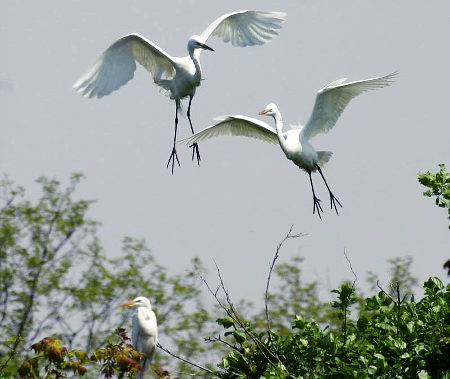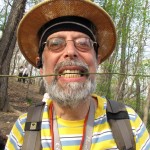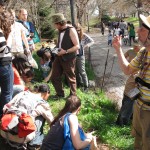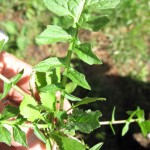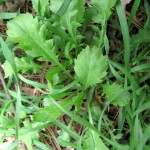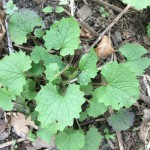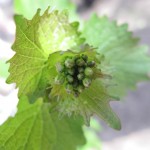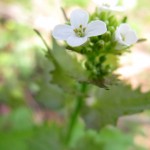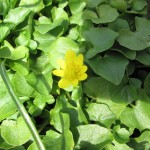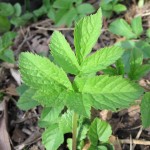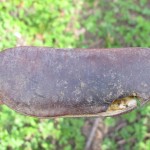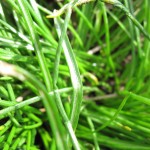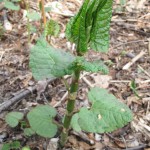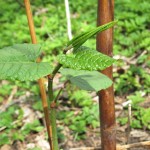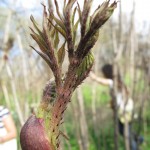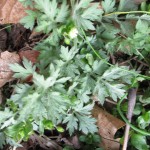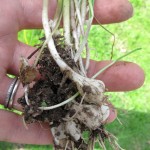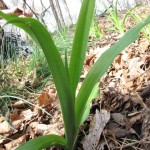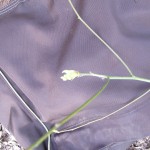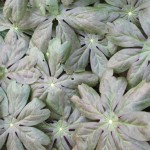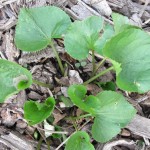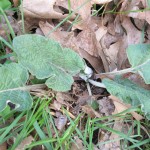Click here to see the most insanely cute photos of 5 Eastern Screech Owls that were just released in Central Park.
Tag Archives: wildlife
Twilight Hour in Prospect Park
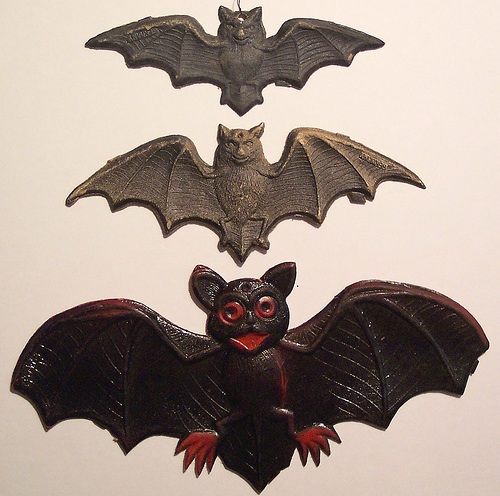 Tonight at the Audubon Center in Prospect Park in Brooklyn, there will be a Twilight Tour. Enjoy wine and cheese on the balcony of the boat house and then tour Lullwater on their boat Independence, which is a replica of a turn-of-the-20th century boat. After the ride, you will go on a bat walk with an Audubon naturalist.
Tonight at the Audubon Center in Prospect Park in Brooklyn, there will be a Twilight Tour. Enjoy wine and cheese on the balcony of the boat house and then tour Lullwater on their boat Independence, which is a replica of a turn-of-the-20th century boat. After the ride, you will go on a bat walk with an Audubon naturalist.
Call 718-287-3400 x 102 for reservations. $30 per person (cash only).
Selected summer Thursdays, 6:30 p.m.
If you miss the one tonight, there will be others on:
July 2, 9, 30,
August 6, 13, 20, 27
City Nature Walks: Explore Nature in the Concrete Jungle
Foraging with Wildman Steve Brill
- Wildman Steve Brill
- foraging group
- hedge mustard
- poor mans pepper
- young garlic mustard
- garlic mustard bud
- garlic mustard flower
- lesser celandine
- goutweed
- kentucky coffee tree seed pod
- star of bethlehem
- japanese knotweed
- japanese knotweed with old growth
- Hercules Club or Devil’s Walking Stick
- chickweed
- mugwort
- field garlic
- daylily
- sassafras
- may apple
- violet
- burdock
On Saturday my friend Alison and I went on a wild edibles foraging tour of Prospect Park in Brooklyn. Wildman Steve Brill was our very funny and knowledgeable guide. We had a big group of about 25-30 people and we raised eyebrows as we all bend down, picked some weedy looking plant and then put it in our mouths. I highly recommend any of Steve’s tours. I learned a lot about plants I’d never really taken notice of before. He shared tips for what part of the plant is edible, how to cook them, what time of the year you are most likely to find them, and their medicinal properties.
Here’s a list of what we found on Saturday. Alison took the notes while I took the photos. There was so much information, it would have been hard to do both!
1. Hedge Mustard
2. Poor Man’s Pepper
a. good in stews and salads. Prevents cancer cells from developing.
3. Garlic Mustard
a. very invasive! Eat a lot of it.
b. Use it in pesto
c. Root is also edible and tastes like horseradish
d. Is in season well into May
e. Flower bud looks like broccoli and the best flavor is when the plant is blossoming.
4. Lesser Celandine
a. in the buttercup family
b. eat it before it flowers. It’s toxic after it flowers.
c. Best cooked w/ rice
5. Gout Weed
a. Parsley and celery flavor
b. Use it like parsley.
6. Kentucky Coffee Tree Seeds
a. Seeds and green pulp are poisonous raw. Roast them about 1.5 hours at 300º. Grind them to make decaf coffee.
b. Can be added to hot chocolate and chocolate cake.
7. Star of Bethlehem
a. Poisonous to eat
b. Can be confused with field garlic. It has a distinguishing white stripe that field garlic doesn’t.
8. Japanese Knot Weed
a. Related to rhubarb
b. Peel the stem and eat it. Don’t eat the leaves.
c. Makes a nice fruit compote. 1 part knot weed to 10 parts fruit.
d. Short fat stems are optimal
e. Has pretty, lacy flowers in the fall
9. Hercules Club (aka Angelica Tree or Devil’s Walking Stick)
a. Shave the thorns off with a knife and steam the developing shoots like asparagus.
10. Red Bud Blossoms
a. put them in salad or toss in batter and make fritters
11. Chickweed
a. Eat leaves, stems and flowers raw or cooked
b. Tastes like corn
c. Loads of vitamins
d. To cook: wash and chop into bite-sized pieces. Cook (steam the wet leaves) in a pot on low heat until wilted. In a separate pot cook garlic in oil and toss together.
12. Mugwort
a. It’s in the wormwood family
b. You can make a tea to help with PMS
13. Field Garlic
14. Daylily
a. Has tubers that look like potatoes.
b. The leaves taste like green beans.
c. You can eat the leaves, stems, tubers or flowers
d. 1 in 50 people have digestive problems w/ daylilies. Gradually build up to eating them.
15. Sassafras
a. Branches grow out at 45º angles from trunk
b. Smells like root beer
c. Wash the root, simmer for 20 minutes and chill the tea
d. Can also use the cambium of the root as cinnamon
16. May Apple
a. Poisonous except for the ripe fruit
17. Violet
a. Use the leaves in salad
18. Burdock
a. Delicious root. Cut the root razor thin on the diagonal, simmer it and put it in rice or a stew.
b. Leaf has silver, hairy underside.
Watch Atlanta Peregrines on Web Cam
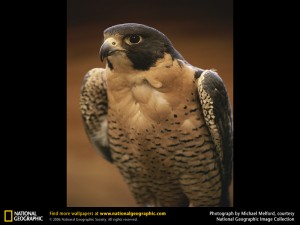
It’s so wonderful that falcons and hawks have made a come back in big cities. We’ve had red tailed hawks in our yard drooling over our chickens. I know they are in the area to munch on the rodents that live near all our restaurants, and I say “welcome hawks! Munch away!”
Well Atlanta has set up a webcam to spy on a pair of nesting falcons. Read the press release below to learn more about this pair.
Atlanta’s most prominent falcons couple is back in the public eye.
A Web camera at www.georgiawildlife.com is again providing frequent updates on two adult peregrine falcons and their nest outside the 51st-floor offices of the McKenna, Long & Aldridge law firm in downtown Atlanta.
The protected raptors, which typically mate for life, began laying eggs February 27. They have four now. The nestlings are expected in early April. The young will leave the nest at about 5 weeks old.
Clay C. Long, founding partner and a former chairman of the law firm, said the peregrines offer an annual treat, watching the young “from birth through the transition from down to feathers, then learning to fly and to hunt, and finally ending with our couple sending their young off in the world to find their own cliffs on which to dwell.”
Peregrines were removed from the federal list of threatened and endangered species because of a successful population recovery effort, but Georgia still lists the birds as rare. There are only two known peregrine pairs nesting in Georgia, both in Atlanta, said Jim Ozier, a Nongame Conservation Section program manager with the state Wildlife Resources Division.
Peregrines are possibly the fastest animal in the world. Their dives, used to catch birds in flight, have been clocked at more than 200 mph.
The Wildlife Resources Division and the world have watched falcons nest at McKenna, Long & Aldridge for five years, thanks to the law firm and a grant from The Garden Club of Georgia. One of the first peregrines nesting there was released in Atlanta by the state, in a partnership with Georgia Power and Zoo Atlanta, Ozier said.
The new falcons will face an urban environment plump with pigeons and other prey on the wing but also packed with potential hazards such as windows and traffic. Two of the three peregrines that hatched on the high-rise balcony last year were later treated for injuries.
“The young have to learn how to survive in the city,” Ozier said.
To see this year’s nest, go to www.georgiawildlife.com and click “Conservation,” then “Species of Concern” and the peregrine falcon Web cam link under “Bird Conservation” label. The view shows the planter in which the birds nest. Frequently hit your computer’s refresh, or reload page, button: The images are updated every 30 seconds.
Become an Outdoors-Woman in NY State
How funny/cool is this? The New York State Department of Environmental Conservation has classes on teaching women to be self-reliant in the great outdoors.
Becoming an Outdoors-Woman (BOW) and Beyond BOW are programs designed to teach women outdoor skills. These national programs provide women with information, encouragement and hands-on instruction in outdoor skills such as fishing, shooting, archery, hunting, trapping, outdoor photography, map and compass, survival, camping, canoeing and outdoor cooking.
Paddling a kayak
Becoming an Outdoors-Woman workshops are designed primarily for women who have little or no experience with outdoor activities. These are three-day workshops that offer many different classes over the course of a weekend.
Beyond BOW workshops are another opportunity for women to learn outdoor skills and are anything we offer that is not the traditional three-day BOW workshop. They may be “next step” classes for women who have completed a beginner class at a BOW workshop. They may be one day, one subject classes. They may even be an actual hunt, canoe trip or camp-out.
BOW and Beyond BOW workshops are open to anyone aged 18 and over – past participants have ranged in age from late teens to the mid-eighties!
Upcoming BOW workshops:
September 18 – 20, 2009 – Silver Bay YMCA on Lake George, Warren County. Registration materials will be available in June 2009.
Upcoming Beyond BOW Events:
The following Beyond BOW events will take place in the Saranac Lake / Lake Clear region of the Adirondack Mountains. For information on all 2009 Beyond Becoming an Outdoors Woman programs, view or download the 2009 Beyond BOW Schedule (230 KB PDF).
May 29 – 31, 2009 – Beyond BOW
Please choose one class
Cost: Early Bird Registration,
Before January 31st $375*
After February 1st $395*
*Fee includes meals. lodging and instruction.
Firearms in the Forest: Contact Jackie Emslie – (914) -475-4901 or jslie@earthlink.ne
On-Water Canoe/Kayak Interpretive Paddle: Contact Carol Drury (518) 524-2036 or Dryadguide@yahoo.com
Angie Berchielli (518) 797-3747 or AngieBerchielli@MSN.com
Map and Compass: Contact Sheila Young (518) 359-8194 or foothill@capital.net
October 16 – 18, 2009 – Beyond BOW
Please choose one class
Cost: Early Bird Registration,
Before June 30th $375*
After July 1st $395*
* Fee includes meals, lodging and instruction.
On-Water Canoe/Kayak Interpretive Paddle: Contact Carol Drury (518) 524-2036 or Dryadguide@yahoo.com
Angie Berchielli (518) 797-3747 or AngieBerchielli@MSN.com
Adirondack Hiking: Contact Sheila Young (518) 359-8194 or foothill@capital.net
Becoming an Outdoors-Woman Listserv
Sign up for the Becoming an Outdoors-Woman e-mail notification listserve and get notices and registration information for all BOW and Beyond BOW events sent right to your inbox. All you need to do is click on the listserv link below and follow the directions on the screen. You will get a confirming e-mail back. You must respond to the confirming e-mail to activate the e-mail notification service.
Becoming an Outdoors-Woman listserv
For further information on the BOW or Beyond BOW program, contact: NYS Becoming an Outdoors-Woman, 625 Broadway, 5th Floor, Albany, NY 12233-4754 or call (518) 402-8883

